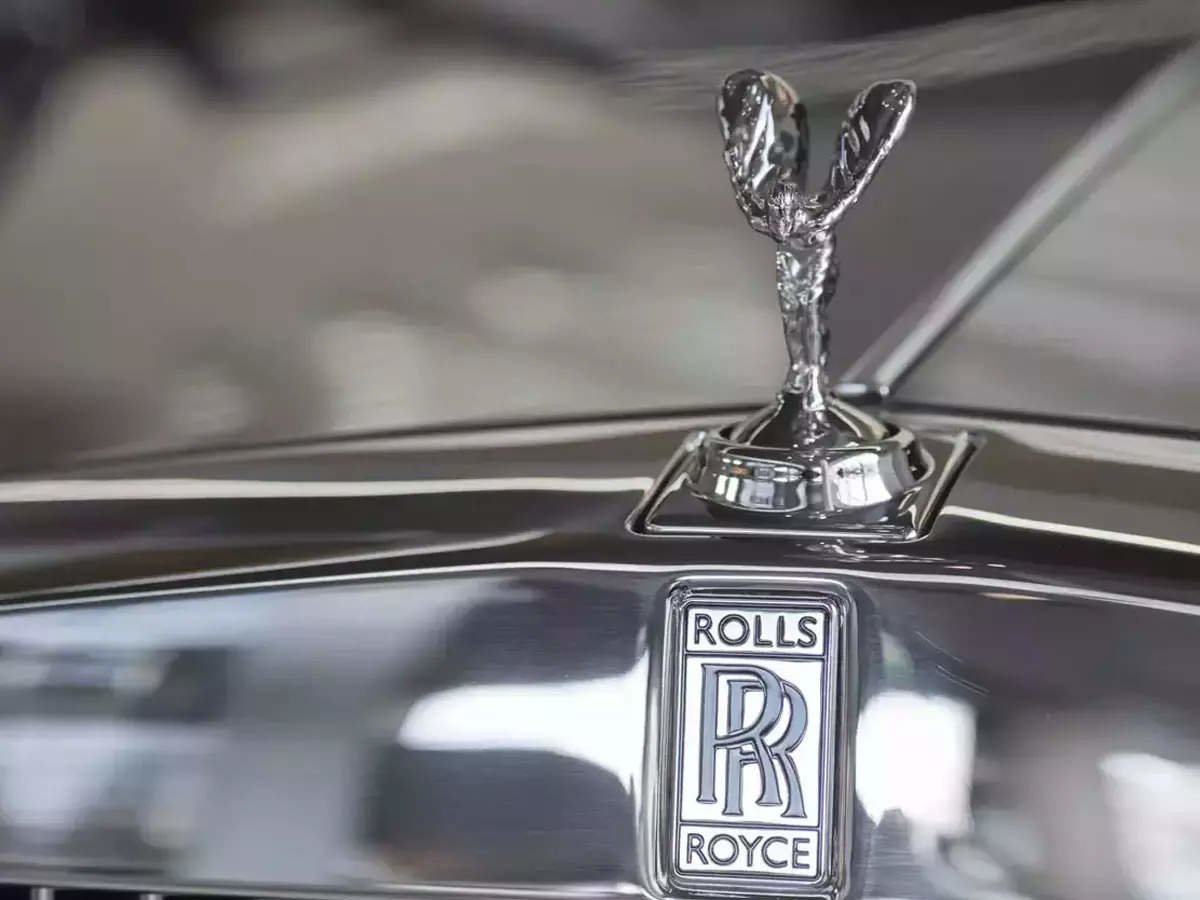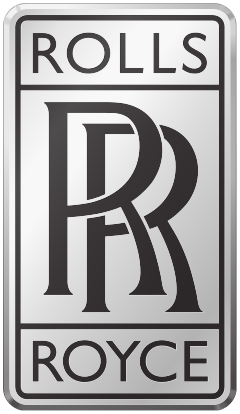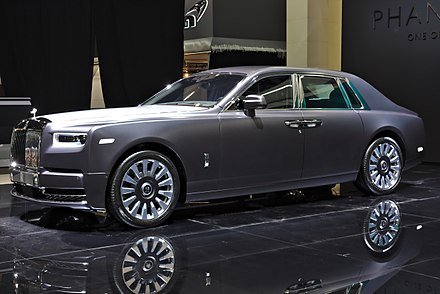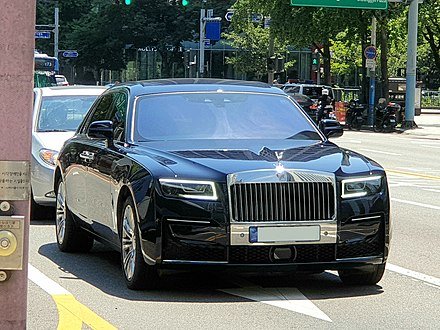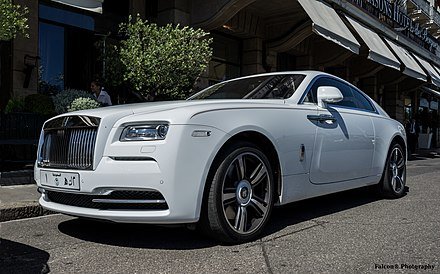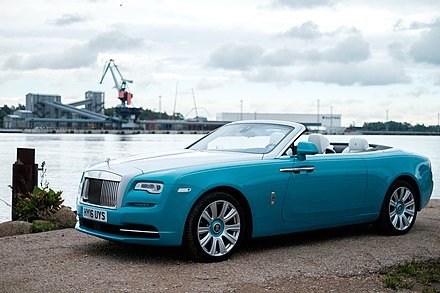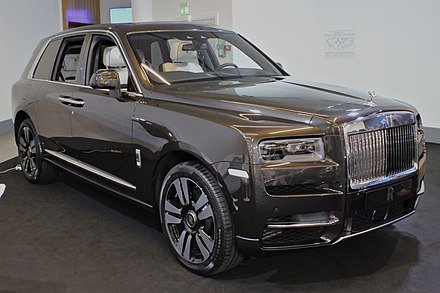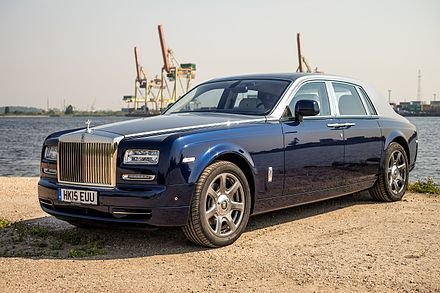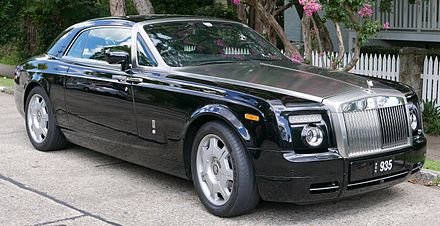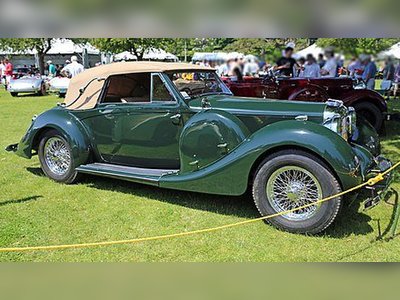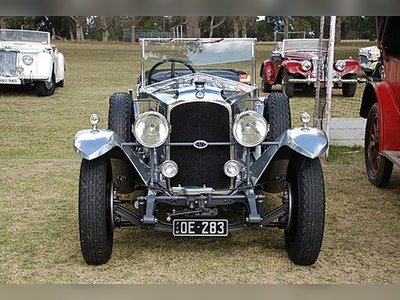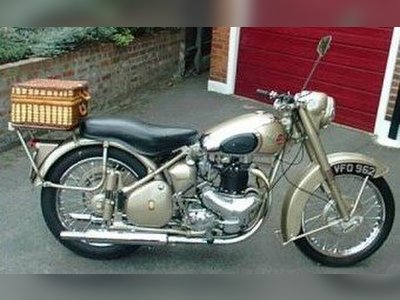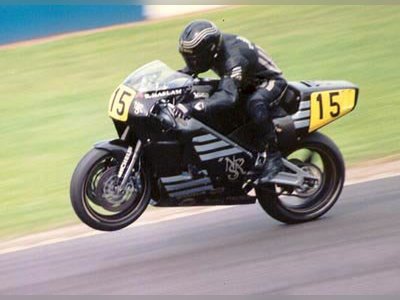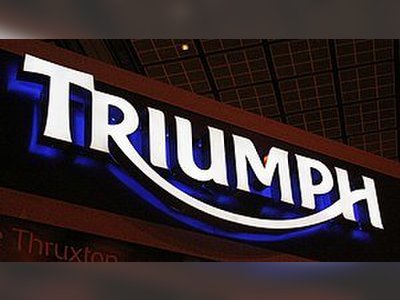British Heritage
Remember, Cherish, Learn.
beta
Rolls-Royce
An Enduring Icon of British Heritage.
Few names evoke a sense of timeless luxury, meticulous craftsmanship, and a grandeur deeply woven into the fabric of British heritage as Rolls-Royce does. Since its inception in 1906, the Rolls-Royce brand has become an emblem of Britain's contribution to the global automotive industry, carrying a legacy that transcends time and continues to forge its path in the 21st century.
Rolls-Royce was born out of the shared vision of two ambitious pioneers, Charles Rolls and Henry Royce. The latter, a talented engineer, partnered with Rolls, an avowed car enthusiast, to form Rolls-Royce Limited. The company rapidly garnered a reputation for manufacturing cars of unmatched quality and reliability. The Rolls-Royce Silver Ghost, launched in 1907, was deemed 'the best car in the world,' a sentiment that has carried through to every Rolls-Royce vehicle to date.
The illustrious journey of Rolls-Royce took a new turn in the late 20th century. In 1998, when the Vickers company decided to sell Rolls-Royce Motors, BMW and Volkswagen entered a bidding war, culminating in an intricate web of negotiations. BMW, a long-term supplier of engines and components for Rolls-Royce, was the anticipated buyer. However, Volkswagen offered a superior bid of £430 million, surpassing BMW's offer.
Interestingly, due to a stipulation in Rolls-Royce's ownership documents, the aero-engine maker Rolls-Royce Holdings retained essential trademarks, including the Rolls-Royce name and logo. Even though Volkswagen had purchased vehicle designs, nameplates, and key trademarks, Rolls-Royce Holdings chose to license the name and logo to BMW. The reasoning behind this move was their ongoing business ventures with BMW.
To resolve the issue of trademark division and Volkswagen's impending engine supply dilemma, the two giants entered a dialogue. BMW acquired the Spirit of Ecstasy and the grille shape trademarks from Volkswagen, and continued to supply engines and components until 2003. This allowed BMW sufficient time to erect a new administrative headquarters and production facility on the Goodwood Estate in West Sussex and develop the Phantom, the first Rolls-Royce from the new entity. Volkswagen, meanwhile, continued to manufacture Rolls-Royce branded vehicles until 2003.
Following this period of transition, Rolls-Royce Motor Cars Limited, a wholly owned subsidiary of BMW, emerged as the exclusive manufacturer of Rolls-Royce branded cars since 2003. The company operates from a state-of-the-art facility located near the historic Goodwood Circuit in West Sussex, England.
Under the vigilant leadership of Torsten Müller-Ötvös, who joined the company in 2010, Rolls-Royce recommitted itself to the quality standards that made it renowned worldwide. China emerged as a key market for the brand, with sales surging by 600% in 2010. It soon became the second-largest market for Rolls-Royce, trailing only the United States.
The Rolls-Royce Phantom four-door sedan was the first product offered for sale in 2003. Since then, the product line has expanded to include extended wheelbase, two-door coupé, and convertible versions of the Phantom Sedan, as well as the smaller Ghost four-door sedan, Wraith two-door coupé, Dawn Convertible, and the Cullinan SUV.
In the contemporary luxury automobile market, Rolls-Royce holds a revered position. The all-time high record of sales for the company, starting from 2005, was achieved in 2014 with 4,063 cars. The robust sales growth can be attributed to burgeoning markets in the Asia Pacific region, Britain, and the Middle East.
The legacy of Rolls-Royce is a testament to British innovation, craftsmanship, and a commitment to luxury and quality that never compromises. As the company navigates the rapidly evolving landscape of the global automotive industry, it continues to uphold its distinguished heritage while driving the future of luxury motoring. Its pivotal contribution to British heritage is indisputable, standing as a beacon of the UK's automotive prowess and its dedication to perfection.
The Birth of a British Legend
Rolls-Royce was born out of the shared vision of two ambitious pioneers, Charles Rolls and Henry Royce. The latter, a talented engineer, partnered with Rolls, an avowed car enthusiast, to form Rolls-Royce Limited. The company rapidly garnered a reputation for manufacturing cars of unmatched quality and reliability. The Rolls-Royce Silver Ghost, launched in 1907, was deemed 'the best car in the world,' a sentiment that has carried through to every Rolls-Royce vehicle to date.
The Evolution of a Masterpiece
The illustrious journey of Rolls-Royce took a new turn in the late 20th century. In 1998, when the Vickers company decided to sell Rolls-Royce Motors, BMW and Volkswagen entered a bidding war, culminating in an intricate web of negotiations. BMW, a long-term supplier of engines and components for Rolls-Royce, was the anticipated buyer. However, Volkswagen offered a superior bid of £430 million, surpassing BMW's offer.
Interestingly, due to a stipulation in Rolls-Royce's ownership documents, the aero-engine maker Rolls-Royce Holdings retained essential trademarks, including the Rolls-Royce name and logo. Even though Volkswagen had purchased vehicle designs, nameplates, and key trademarks, Rolls-Royce Holdings chose to license the name and logo to BMW. The reasoning behind this move was their ongoing business ventures with BMW.
To resolve the issue of trademark division and Volkswagen's impending engine supply dilemma, the two giants entered a dialogue. BMW acquired the Spirit of Ecstasy and the grille shape trademarks from Volkswagen, and continued to supply engines and components until 2003. This allowed BMW sufficient time to erect a new administrative headquarters and production facility on the Goodwood Estate in West Sussex and develop the Phantom, the first Rolls-Royce from the new entity. Volkswagen, meanwhile, continued to manufacture Rolls-Royce branded vehicles until 2003.
The Resurgence of Glory
Following this period of transition, Rolls-Royce Motor Cars Limited, a wholly owned subsidiary of BMW, emerged as the exclusive manufacturer of Rolls-Royce branded cars since 2003. The company operates from a state-of-the-art facility located near the historic Goodwood Circuit in West Sussex, England.
Under the vigilant leadership of Torsten Müller-Ötvös, who joined the company in 2010, Rolls-Royce recommitted itself to the quality standards that made it renowned worldwide. China emerged as a key market for the brand, with sales surging by 600% in 2010. It soon became the second-largest market for Rolls-Royce, trailing only the United States.
The Rolls-Royce Phantom four-door sedan was the first product offered for sale in 2003. Since then, the product line has expanded to include extended wheelbase, two-door coupé, and convertible versions of the Phantom Sedan, as well as the smaller Ghost four-door sedan, Wraith two-door coupé, Dawn Convertible, and the Cullinan SUV.
A Modern Icon of British Craftsmanship
In the contemporary luxury automobile market, Rolls-Royce holds a revered position. The all-time high record of sales for the company, starting from 2005, was achieved in 2014 with 4,063 cars. The robust sales growth can be attributed to burgeoning markets in the Asia Pacific region, Britain, and the Middle East.
The legacy of Rolls-Royce is a testament to British innovation, craftsmanship, and a commitment to luxury and quality that never compromises. As the company navigates the rapidly evolving landscape of the global automotive industry, it continues to uphold its distinguished heritage while driving the future of luxury motoring. Its pivotal contribution to British heritage is indisputable, standing as a beacon of the UK's automotive prowess and its dedication to perfection.
- Rolls-Royce Motor Carsen.wikipedia.org
